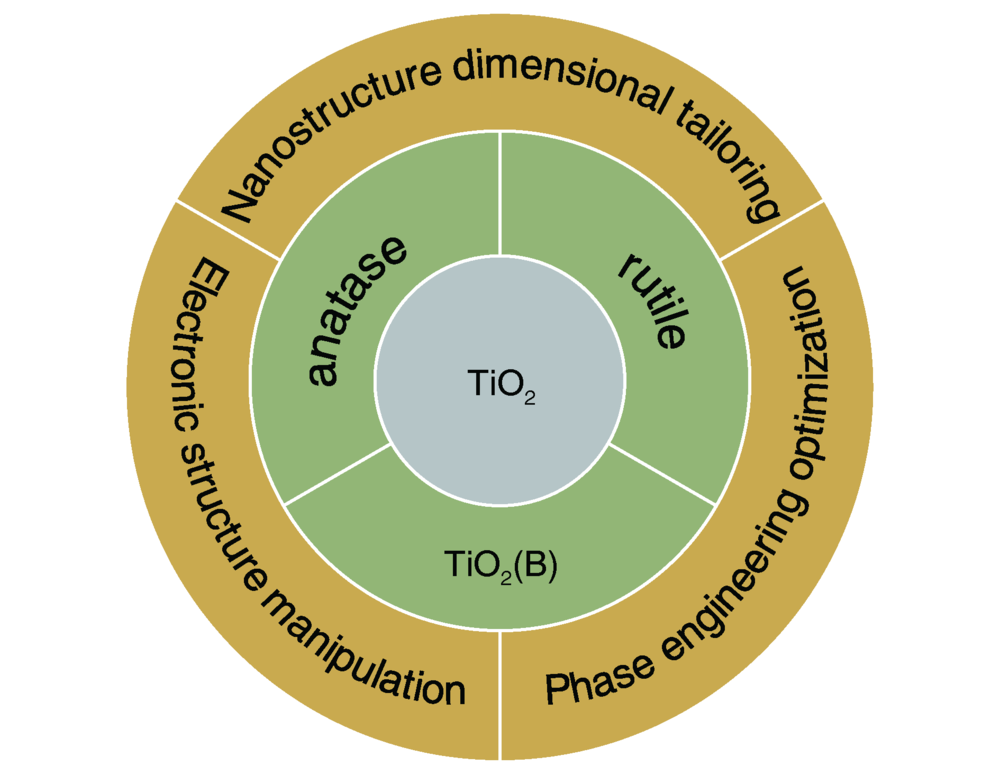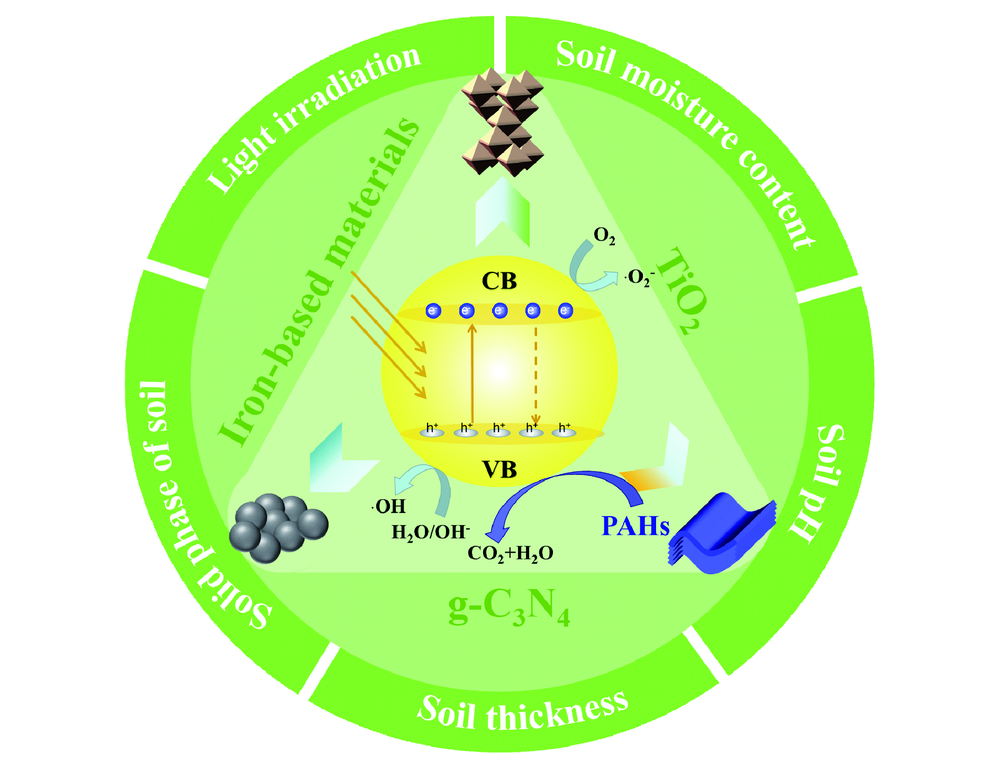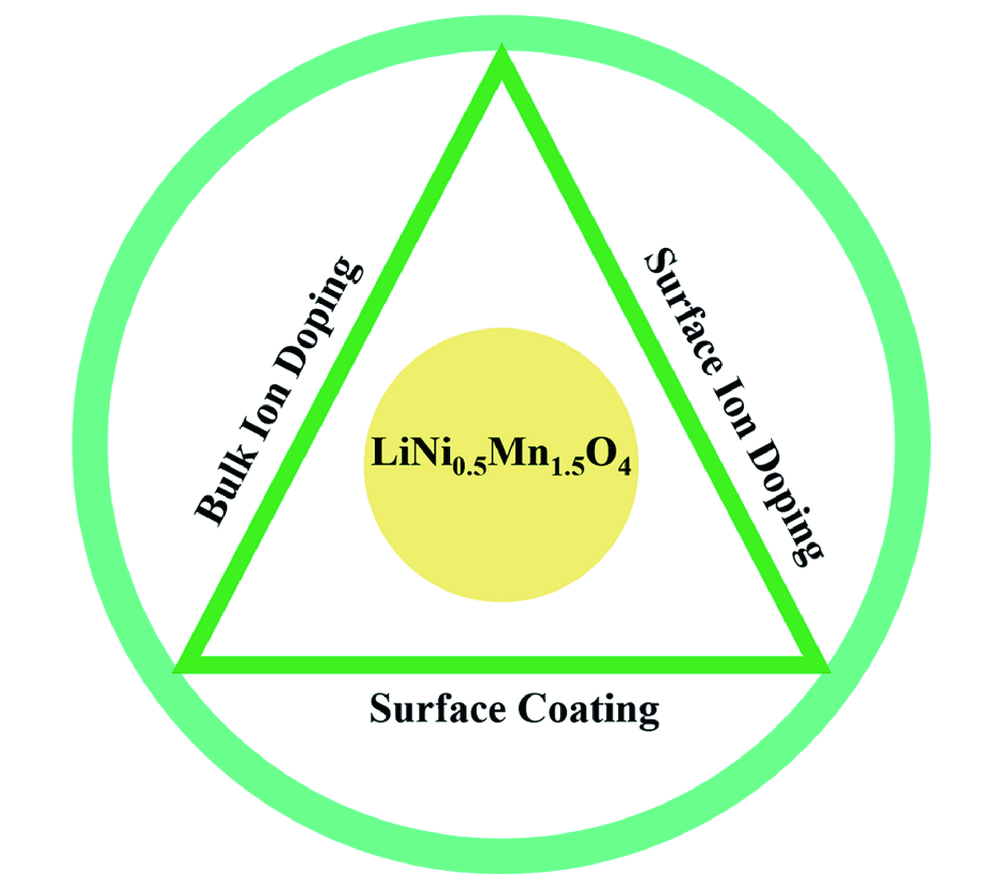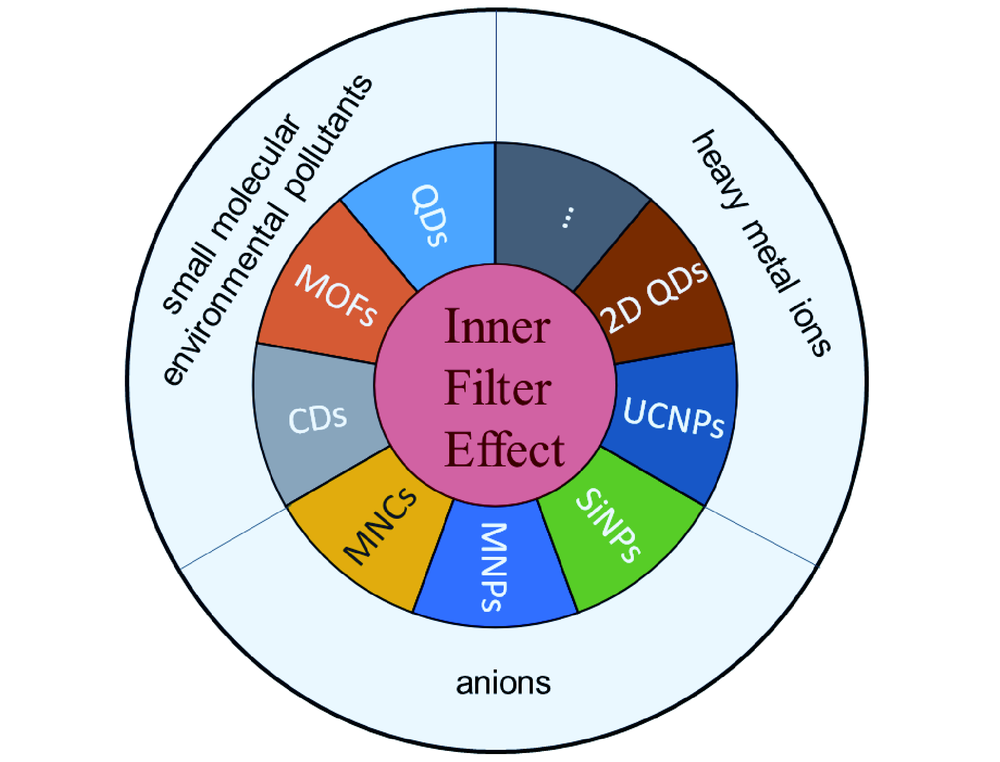Yang Chen, Xiaoli Cui. Titanium Dioxide Anode Materials for Lithium-Ion Batteries[J]. Progress in Chemistry, 2021, 33(8): 1249-1269.
Lithium-ion batteries(LIBs) have been widely used in portable electronic devices and electric vehicles owing to their characteristics of high energy density, safety, and long lifetime. Titanium dioxide(TiO2) is a promising anode material for LIBs due to the advantages of non-toxicity, low cost, abundant sources, and stable chemical structure. However, intrinsic low electronic conductivity and poor lithium-ion(Li+) diffusion have restricted its development for practical applications. In this review, we firstly systematically summarize the lithium storage mechanisms of three common TiO2 polymorphs, that is, a two-phase solid solution of anatase TiO2, intrinsic pseudo-capacitance of TiO2(B), and potential-dependent phase transition of rutile TiO2. Furthermore, to enhance the electron conduction and Li+ diffusion, the research progress of nanostructure dimensional tailoring, intrinsic/extrinsic electronic structure manipulation(elemental doping, Ti3+ self-doping, and modification of highly conductive materials), and hetero-phase junction optimization are discussed in detail. Finally, the development trend and application prospect of TiO2 anode materials for LIBs and beyond-LIBs are proposed.
1 Introduction
2 Structure and lithium storage mechanism of various TiO2 polymorphs
2.1 Crystal structure of TiO2 polymorphs
2.2 Anatase: two-phase solid solution
2.3 TiO2(B): pseudo-capacitance
2.4 Rutile: potential-dependent phase transition
3 Modification strategies of TiO2 anode materials
3.1 Nanostructure dimensional tailoring
3.2 Intrinsic/extrinsic electronic structure manipulation
3.3 Phase engineering optimization
4 Lithium-ion full batteries performance
5 Conclusions and outlook
























